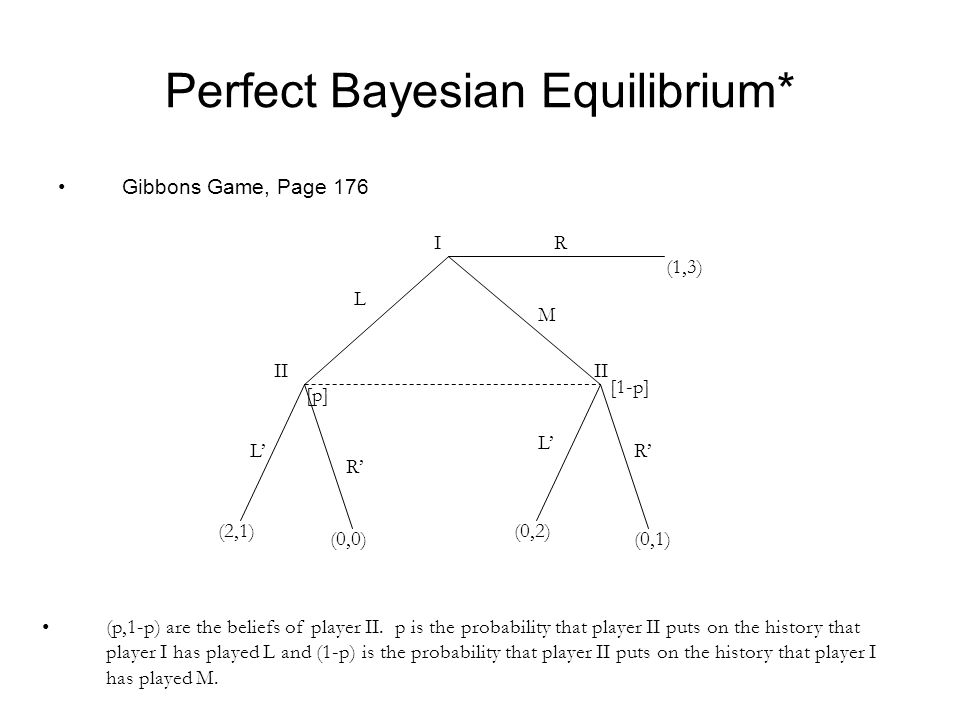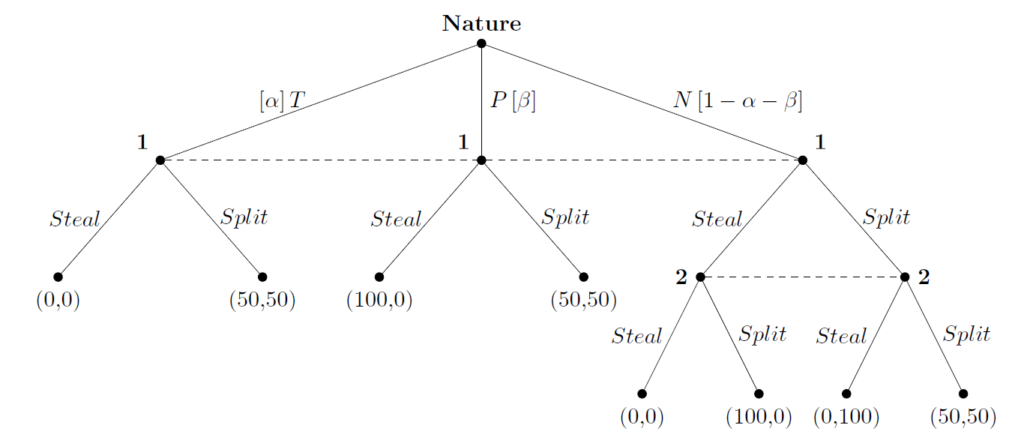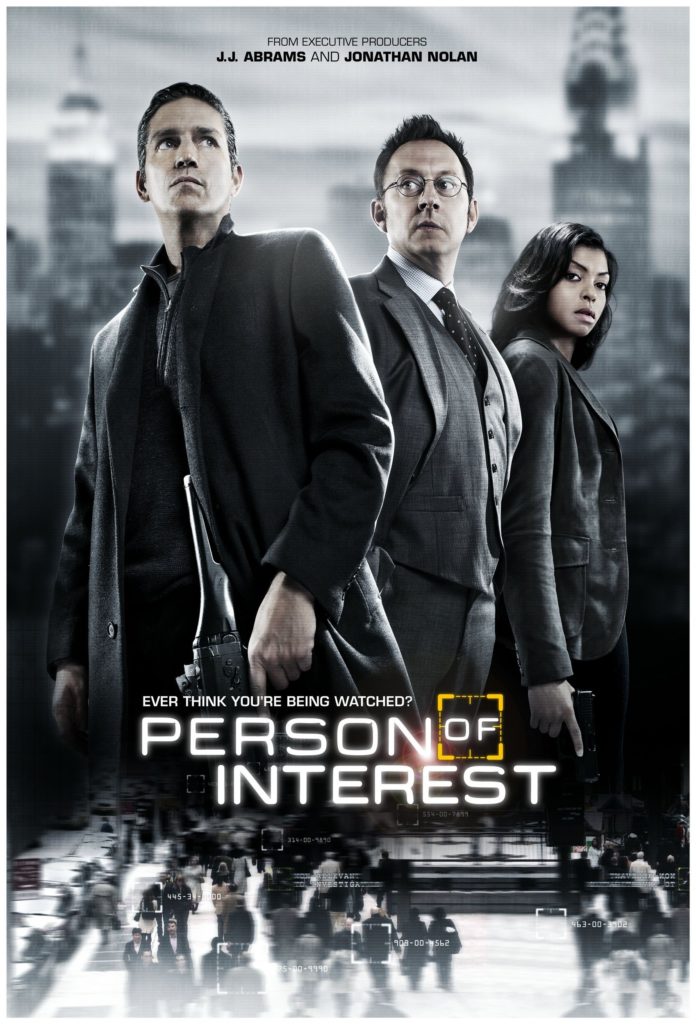After study with Game theory, there are more expanding concepts of relative game theories that is waiting for us to dig it up. Dynamic Games with Incomplete information is one of a form of Non-cooperative Game. As we have been introduced so far in lecture, Static Games represents two players are making their choices simultaneously, or playing with a unknown sequence of actions. However, In the Dynamic Games, participants play with a sequence of action, under the condition of incomplete information, each participant in the game knows which types of the other participants and the probability of occurrence of each type, unluckily participant has no idea which type of their components belong to.
According to the condition described above, Dynamic Games with Incomplete Information demonstrates that the latter players can obtain information about the previous players by observing the behavior of the previous player, thereby making his turn with the possible outcome he gets from the previous player.
Specifically, at the beginning of the incomplete information dynamic game, a participant establishes his own preliminary judgment based on the different types of other participants and the probability distribution of their respective types. When the game begins, the participant can correct his initial judgment based on the actual actions of other participants he observes. And based on this ever-changing judgment, choose his own strategy.
New equilibrium concept: Prefect Bayesian equilibrum
-Belief: The new term defined in PBE, the belief of a player in a given information set decides which node they are playing at, represented by a probability distribution over the nodes in the information-set. The strategies and beliefs must satisfy Sequence rationality and Consistency.


https://en.wikipedia.org/wiki/Perfect_Bayesian_equilibrium
https://economics.stackexchange.com/questions/25634/perfect-bayesian-equilibria

